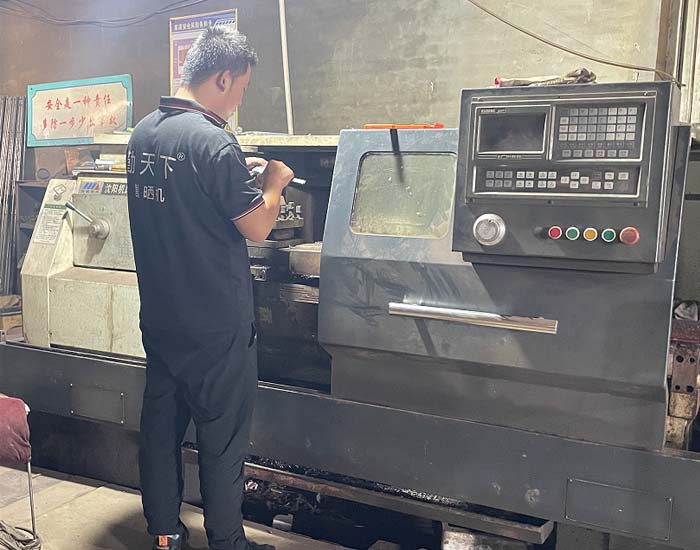Efficient Harvesting Solutions with Modern Rice Combine Equipment and Techniques
The Evolution of Rice Combine Harvesters A Revolution in Agricultural Efficiency
The rice combine harvester has transformed the landscape of rice production, marking a significant leap in agricultural technology. As one of the most essential machines in modern farming, these harvesters have revolutionized how rice is cultivated, harvested, and processed, thereby addressing the ever-growing demand for this staple food in many parts of the world.
Historically, rice harvesting has been a labor-intensive process, relying heavily on manual labor and simple tools. Farmers would traditionally utilize sickles to cut the rice stalks, which was time-consuming and often led to substantial post-harvest losses. With the global population on the rise, there was an urgent need for more efficient harvesting methods to improve yield and reduce waste. The invention of the rice combine harvester can be attributed to advancements in mechanization and engineering, which provided the agricultural sector with innovative solutions to its challenges.
The rice combine harvester is a fascinating piece of machinery that integrates several processes into one seamless operation. It not only cuts the rice stalks but also threshes the grains and separates the chaff, significantly reducing the labor needed. This multipurpose functionality allows farmers to complete the harvesting process in a fraction of the time it would take using traditional methods. For instance, a single combine harvester can replace a whole team of workers, harvesting fields in a matter of hours instead of days or weeks.
rice combine harvester

The efficiency of these machines is not just about speed; it's also about precision. Modern rice combine harvesters are equipped with advanced technology, including GPS navigation and automated systems that ensure accurate cutting heights and optimal harvesting strategies. These innovations help minimize damage to the crops and the soil, maintain the quality of the harvested rice, and ultimately lead to higher yields.
Furthermore, the use of rice combine harvesters has significant economic implications for farmers. Although the initial investment in a harvester may be substantial, the long-term savings on labor costs, fuel, and time can be considerable. With less time spent on harvesting, farmers can allocate their resources more effectively, perhaps investing in crop rotation or soil enhancement strategies that further improve their yield. The result is a more sustainable farming practice that can support increased food production in the face of growing environmental challenges.
The global context of rice production underscores the importance of rice combine harvesters. Nations heavily reliant on rice cultivation, such as China, India, and Vietnam, have seen substantial increases in their agricultural productivity due to the widespread adoption of these machines. In regions where labor shortages are becoming common, such as those affected by urban migration, combine harvesters provide a crucial solution that enables agricultural continuity.
In conclusion, the rice combine harvester represents a significant advancement in the agricultural sector, encapsulating the benefits of modern technology and innovation. As the world grapples with the challenge of feeding an ever-increasing population, the role of these harvesters becomes even more vital. Their contribution to efficiency and productivity not only enhances the livelihoods of farmers but also supports global food security efforts. With ongoing advancements in technology, we can expect rice combine harvesters to evolve further, continuing to serve as a cornerstone of rice production for generations to come.
Latest news
-
When to Upgrade Your Old Forage HarvesterNewsJun.05,2025
-
One Forage Harvester for All Your NeedsNewsJun.05,2025
-
Mastering the Grass Reaper MachineNewsJun.05,2025
-
How Small Farms Make Full Use of Wheat ReaperNewsJun.05,2025
-
Harvesting Wheat the Easy Way: Use a Mini Tractor ReaperNewsJun.05,2025
-
Growing Demand for the Mini Tractor Reaper in AsiaNewsJun.05,2025
